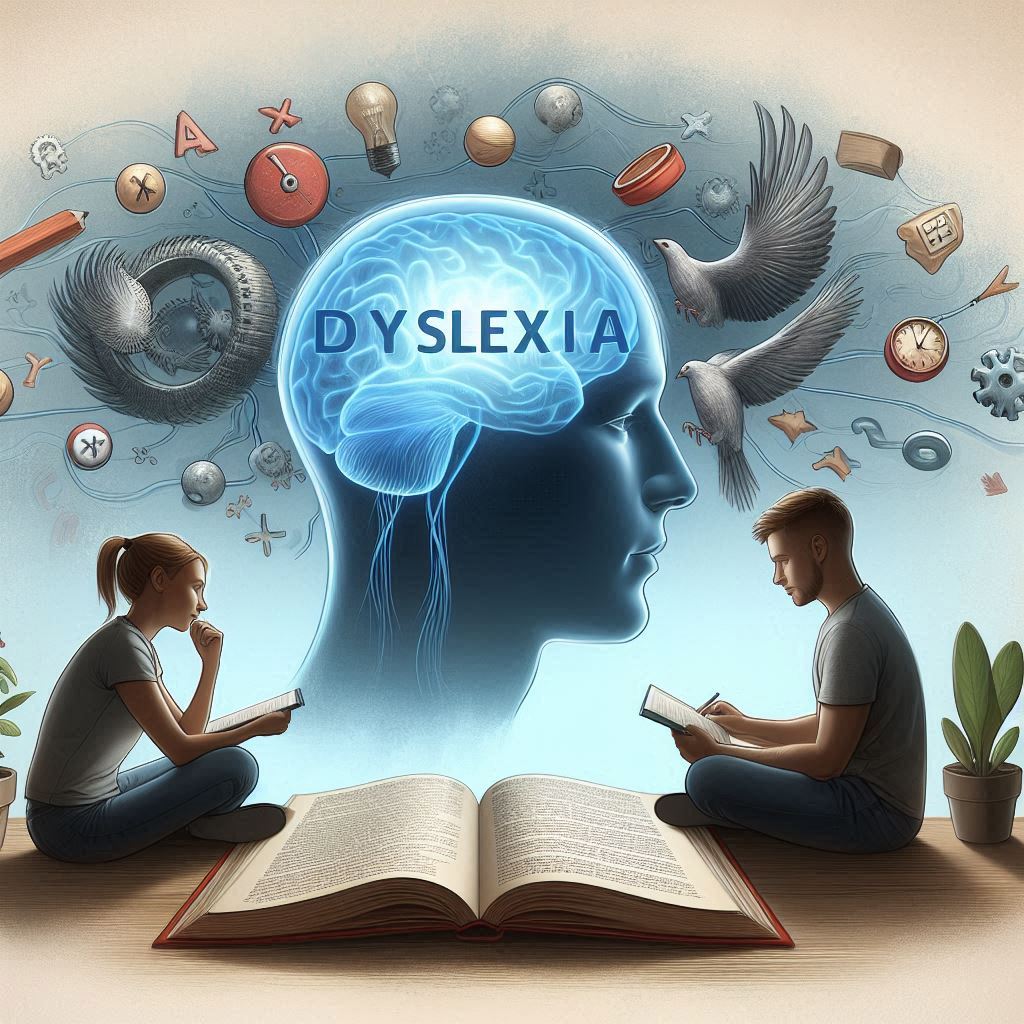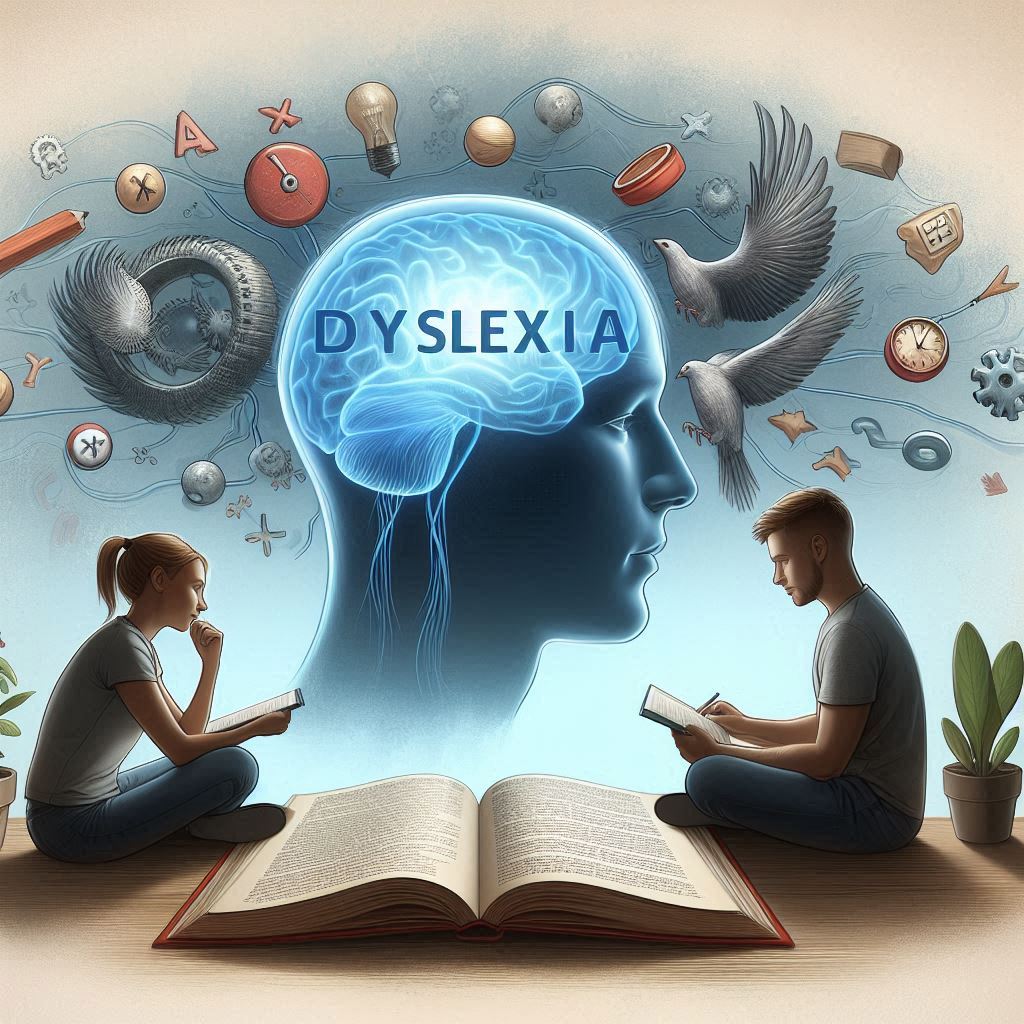What Causes Dyslexia? Understanding the Underlying Factors

Introduction
Dyslexia is a common learning disorder that impacts millions of people worldwide, particularly in their ability to read and spell. Many people wonder about the reasons behind this condition. Understanding the causes can help in managing and addressing the condition effectively. In this article, we’ll explore the various elements that contribute to its development.
Genetic Factors
One primary cause is genetics. Research shows that this condition often runs in families, meaning if a child has reading difficulties, it’s likely that one or more relatives may also experience similar challenges. Scientists have identified several genes linked to these learning difficulties that affect how the brain processes language. These genetic components influence certain brain areas involved in reading and language skills.
For example, studies have found differences in the size and activity of the brain’s left hemisphere, which is critical for language processing. These differences can make it more difficult for individuals with this condition to decode and recognize words, leading to reading challenges. Understanding the genetic component highlights the hereditary nature of the disorder and emphasizes the importance of early screening, especially if there’s a family history.
Brain Structure and Function
Another key factor contributing to this condition is the way the brain is structured and functions. Neuroimaging studies show that individuals with reading difficulties have differences in brain wiring compared to those without the condition. These differences are not about intelligence but rather how the brain processes information.
Specifically, the condition is linked to variations in the brain’s language networks. The brain areas responsible for recognizing written words, linking them to sounds, and processing language tend to be less active in affected individuals. These areas include the left occipito-temporal cortex, crucial for fluent reading, and the left parietal-temporal area, involved in phonological processing (the ability to hear, identify, and manipulate sounds in language).
Because of these brain differences, individuals often have difficulty with tasks requiring phonological awareness, such as breaking down words into individual sounds or blending sounds to make words. This makes reading and spelling challenging, even though their overall intelligence and thinking skills remain unaffected.
Environmental Factors
While genetics and brain structure play significant roles, environmental factors can also contribute to the development of reading difficulties. Early childhood experiences, particularly those related to language exposure and education, can influence a child’s ability to read and write.
Children who grow up in environments without rich language experiences—such as reading books, hearing stories, and engaging in conversations—may be at a higher risk of developing reading challenges. Additionally, stress during pregnancy, exposure to toxins, or complications during birth can also affect brain development and increase the likelihood of learning difficulties.
However, it’s important to note that these environmental factors alone do not cause reading difficulties. They can exacerbate the condition in individuals who are already genetically predisposed. Ensuring a supportive and stimulating learning environment can help mitigate some of these risks and improve outcomes for children.
Conclusion
Dyslexia is a complex condition with multiple contributing factors. Genetic predispositions, differences in brain structure and function, and environmental influences all play a role in its development. While it can present challenges, understanding the causes can lead to better strategies for intervention and support. Early diagnosis and targeted educational approaches can help individuals overcome their reading difficulties and achieve success in their academic and personal lives. By recognizing the underlying causes, we can better support those affected and ensure they have the resources they need to thrive.

